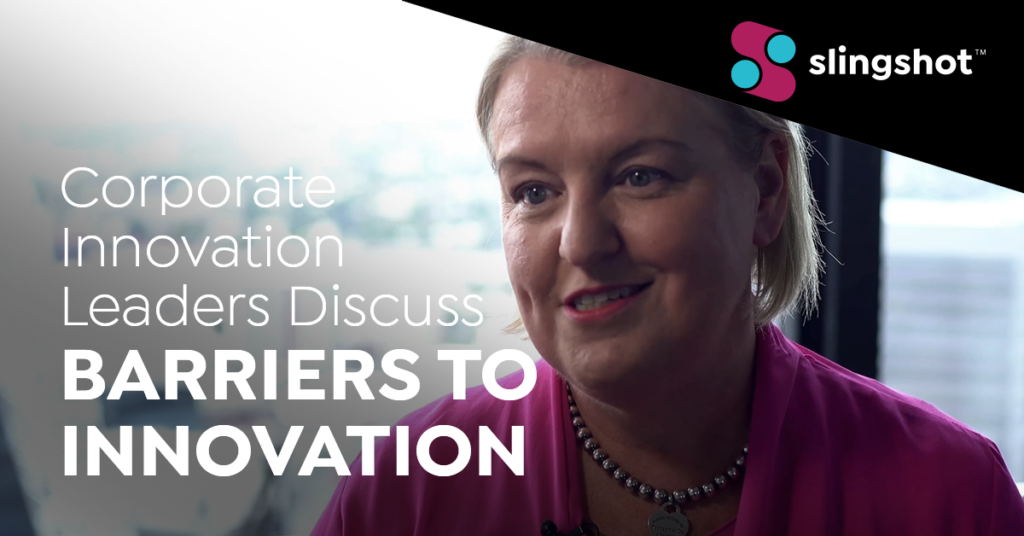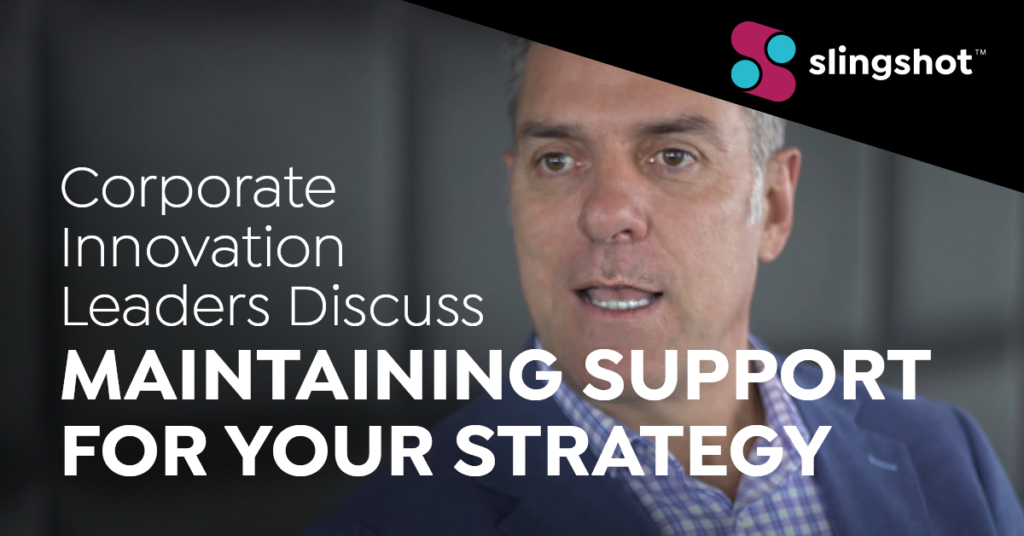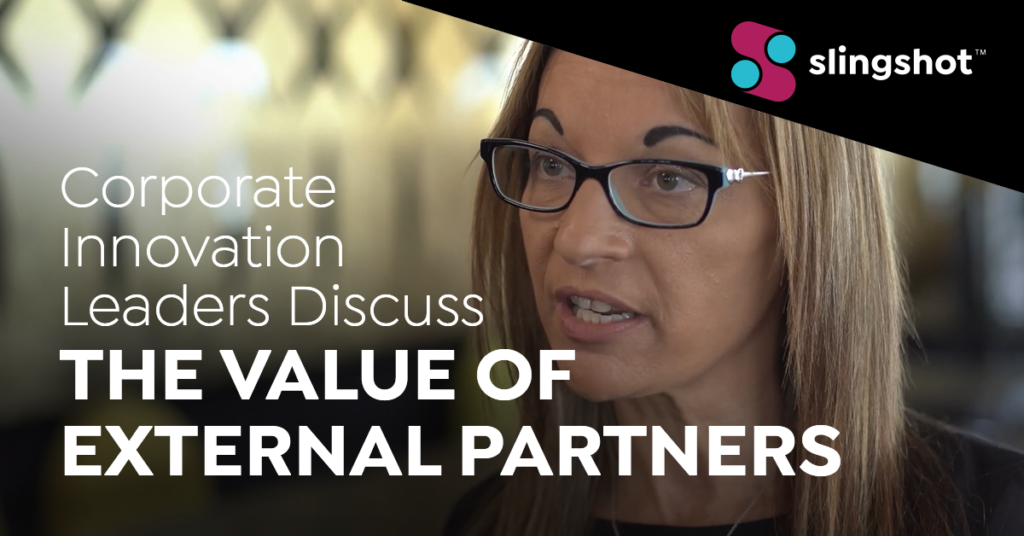07: Tips for innovation success
In mid 2020 we sat down with a group of the countries most recognised and experienced corporate innovation leaders for their unfiltered and honest view of key industry issues. They represented both clients, customers and agencies servicing the industry.
Giles Day
Founder and COO at Big
So my three tips would be data, then people, and then things.
I believe in data, numbers and facts. Agree where the money is. Once you’ve done that, we need to understand people, and using skills, cultural capital, psychology to understand what people want in this financial area. People work on emotion, we need to access that. We need cultural capital for our objects and services. And then finally, my third tip would be it’s then about the talent of creating something, something frictionless and beautiful that is useful and desirable in the real world.
David Parfett
ex Qantas and Scentre group innovation Strategy and venture leader
Most corporates think that benefits from innovation programs are going to drop in the first 6 – 12 months. The first 12-24 months the organization is still learning, how to deploy this, what areas of focus that they should go into or they shouldn’t go into. There’s a huge amount of learning in those first two years. Substantial financial benefits really only start to present themselves post that time. Unfortunately, and all too often corporates get impatient and shut programs and innovation departments down at 12 or 24 months.
Colin Weir
CEO at Moroku
The fundamental part of all of the innovation is not finding some machine learning or finding some technology it’s always about the people, it’s like the key that unlocks everything. My core value is courage. It’s courage to stand up and go “I don’t know what’s going on here”, “I don’t understand this, ” but have the courage to be vulnerable in front of everybody and then everybody leap in and do it. It’s the courage to put your ideas forward and say “here’s my idea”. And then it’s finally the courage, once you’ve had some group thinking around it and come to an answer, to just back the team and put your ego in the box.
Pierre-Alexandre Schaupp
Innovation and Strategy at News Corp
If you wanna keep people on board you need two things. You need the right data but you also need the right storytelling. One without the other doesn’t work. You need to actually have the right elements to support your story but the story needs to be perfect.
In addition there are really 3 elements to make a successful innovative environment. The first one is having a space outside of your office, corporate office, very important. Second one, having the right training and learning environment for people to deconstruct their learning and be more innovative in their ways of working. And the third one is having role model that would be used as like stars that can show these new ways of working and demonstrate they’re the fact that they work.
Melissa Witheriff
Head of Digital Innovation CUA
I harness creativity for innovation in a couple of ways. One is about how do we engage culturally with the organization to give them the understanding of what innovation techniques like human-centered design for example are. So we spend, invest in people’s training to uplift that capability. And at the same time, it’s about creating spaces and places for people to innovate that are different form their traditional environment to enable people to experience what innovation is and adapt that into their everyday roles.
Lorraine Thomas
Chief Officer, Product & Innovation at HCF Australia
In terms of creating the best environment where innovation succeeds, it’s around the underlying culture of the organization. It’s around talking about innovation. It’s about having the appropriate KPIs to measure our teams to be innovative. It’s also about acknowledging and rewarding and recognizing innovation no matter where it occurs in the business. I like to think that we are all innovators and we all can contribute to that process.
Daniel Biondi
CTO at DXC
So, if you’ve started an innovation program, there’s a couple of things that will focus your efforts. The first one is to define clearly what the actual business problem is that you’re trying to solve and get buy-in from the different stakeholders’ and then identify ways within your organization to address that business problem. It is critical to get clarity and consensus of what the actual business problem is. Number two is you need to define what are the 3 or 4 key business metrics that you want to achieve as part of that project. And number 3 is don’t go after a big project that will take forever. Think about lean methodology where you start with smaller goals and you iterate and you deliver on frequent outcomes towards that project.
Anthony Johnston
CEO at CoVentured
Particularly in a faster-paced environment like an accelerator, incubator or an innovation program, speed is important. I think that creates good culture.
Team success and creating a positive culture you have to have the right team mix enabling people to do what they’re good at and do it quickly.














